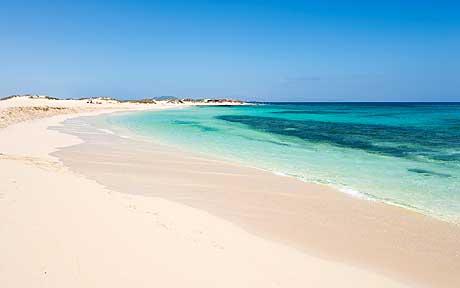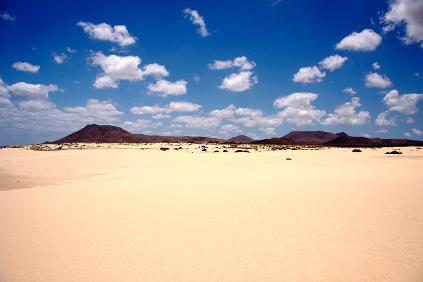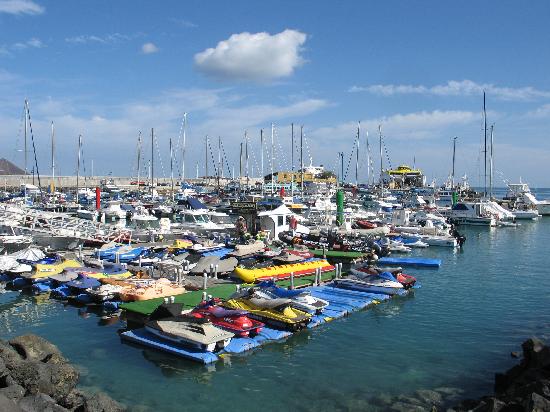
Corralejo is
the main tourist resort of the north of the island, it still has village charm
along with Its newer attractions.
A host of bars and restaurants, enough for most tastes are located here and
there are some late-night venues. The cuisine is very cosmopolitan and ranges
from typical Canarian dishes served at pavement cafes to Chinese, Thai and
Indian.
For market lovers there is one held on Monday and Friday mornings and for those
who just like to shop there are plenty of stores to choose from.





The harbour area is a good place to walk, have a drink
or simply “people watch.”
Here the main boat trips and diving schools have their kiosks and it is also
the point where the ferries to Lanzarote set off. This port still manages to
retain its local flavour and you can see many local fishing boats tied up on
the wooden jetties.

Two kilometers north of Corralejo is the Isla de
Lobos, it has an area of 4.6 km². and has been a nature reserve without
permanent human population since 1982.
In 1405, Lobos
Island served as resupply base for
Jean de Béthencourt's conquest of Fuerteventura.
Lobos Island
(Wolves Island) was named for the large number
of sea wolves, also called monk seals, that once lived there.
The monk seals were the island's only inhabitants when it was discovered by the Spanish conquerors of the Canaries archipelago in the fifteenth century, but with the arrival of man, these animals were hunted on a massive scale by sailors and fishermen who saw them as a source of food, fat and skin. As a result of this hunting, the species eventually became extinct on the island and its presence now is only occasional.
The island is a popular location for day trips for tourists visiting from Fuerteventura who have an interest in flora, fauna and
geology.
The island has a geological age of 2 million years, quite a youngster compared
with Fuerteventura.
Boats from Corralejo
Harbour make the trip to
the island several times a day; the island is great for swimming especially the
La Concha beach to the left of the jetty.